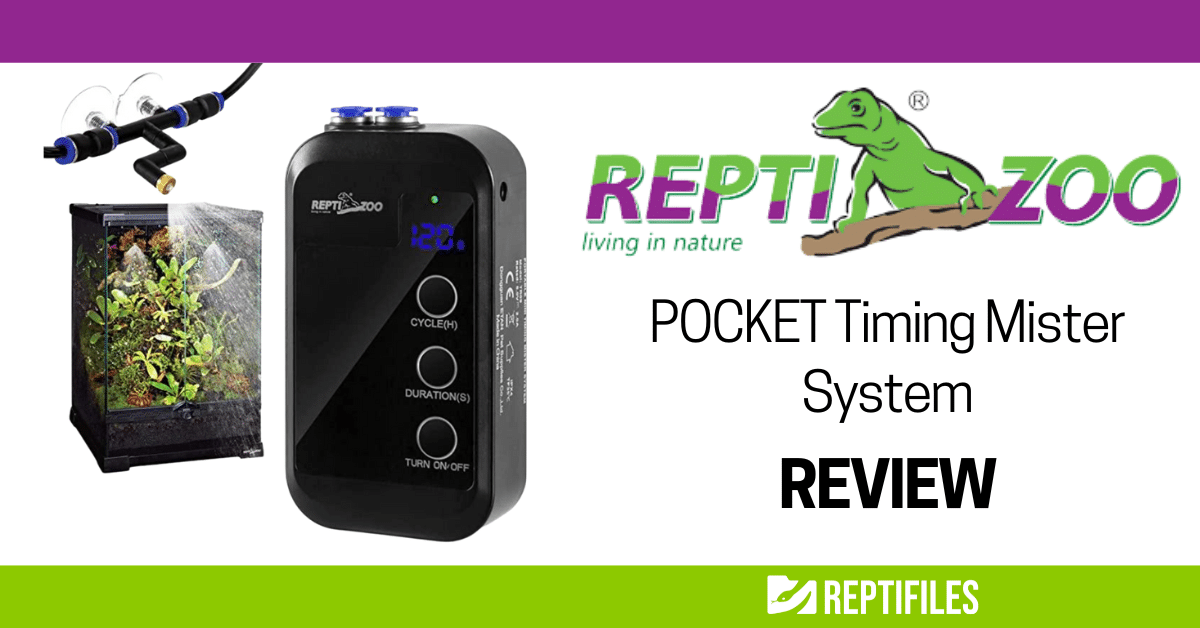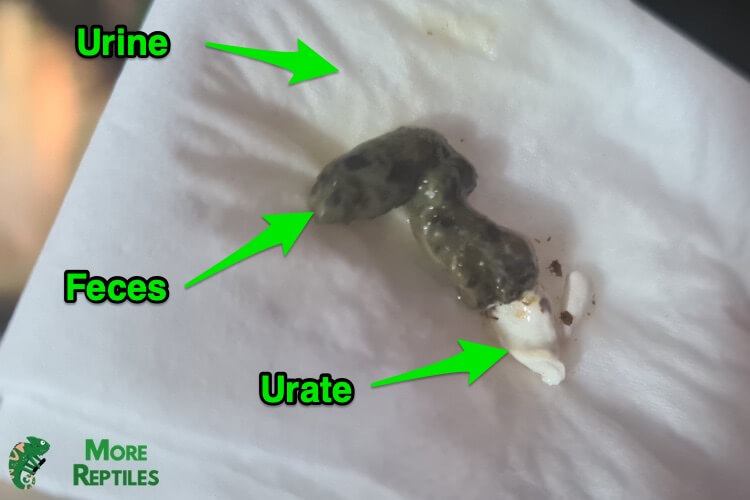There’s an interesting sticker on the box which reads: “Attention: The product has passed the water test to ensure the function before delivery. There may be some residual water in the pump! This is a normal phenomenon, please feel free to use it!” It’s thoughtful that they mention this to prevent any unpleasant surprises. Plus, I appreciated the reassurance that this product went through a QA process.
I was thrilled to find an instructions booklet included in the box, rather than a QR code directing to the site (or no reference at all) like a lot of manufacturers seem to be doing these days. I understand it’s easier for the manufacturer, and more eco-friendly, but in my opinion, a paper instructions booklet is always better. It’s easier for the customer and discourages customers from trying to DIY and potentially making big mistakes (yes, I am speaking from experience here).
The English on both the box and in the instructions booklet is a bit rough. It’s not a huge issue, since it is comprehensible, but it’s also not very reassuring when for someone in the market for a high-quality product. When the manufacturer decides to overlook the detail of quality translation when the rest of the marketing is good, it raises some questions.
Assembly
This little mister is pretty straightforward to put together. In brief: Mount the pump/control unit, add desired reservoir and trim intake tubing to desired length, determine where you want the nozzles to go, trim the tubing accordingly, connect it to the pump, and cap the end.
The pump is intended to be mounted with the included bracket and suction cups. It doesn’t hook onto the thicker frame of a Zen Habitat or similar enclosure, but it does hook onto the frame of a glass terrarium (Repti Zoo, Exo Terra, Zoo Med, etc.) quite nicely. I ended up mounting the pump with a large command strip because the suction cups don’t work on their own. To make sure the command strip would adhere well, I cleaned both the frame and the back of the pump with a bit of ammonia-based window cleaner first. I also mounted the pump to the frame of the enclosure, not the door, as it would fall off or get tangled in the tubing if mounted to one of the sliding doors.
Speaking of tubing, there’s not much of it available! 6’ doesn’t go super far, but it is enough to supply as large as a 4x2x2, so it should be perfectly adequate for use with a smaller enclosure as long as you’re not wasteful. One way you can make the most of the tubing is by placing the reservoir on the same surface as the enclosure. If it’s on the floor, that will significantly limit how far you can go with the outbound line. As a note, the tubing will “lock” into place once it’s been inserted into the pump unit. However, if you make a mistake, simply depress the blue piece around the insertion point and it will come free!
To create my reservoir, I used a plastic gallon jug of distilled water and poked a hole in the cap with a Philips screwdriver to accommodate the intake. This is optional – I simply could have taken off the cap, but there’s quite a few fungus gnats buzzing around my reptile room at the moment due to the new bioactive, so I took extra care to prevent contamination. Plus, having a tight fit with the cap also helped keep the tightly-coiled tubing from sneaking out of the reservoir.
The misting heads were easy to install. Choose where you want them to go, then cut your tubing to the appropriate length and insert. They’re designed to use suction cups to stick to the inside of a glass terrarium rather than be mounted on top through mesh, but since I was installing them in a PVC enclosure with a textured background, I simply cut holes in the mesh with a pair of small wire cutters and poked the nozzles through. They don’t stay in place quite as well as Mistking, since those have clamps for that purpose, but they do well enough.
The nozzle positions and stream size are adjustable. The latter is comparable to Mistking nozzles, but they’re definitely not as flexible. I didn’t find this to be a problem. Spray coverage at widest is about 12” wide 12” below the nozzle.
Design & Functionality
I decided to test the Repti Zoo POCKET Timing Mister System on my ball python’s Zen Habitats 4x2x2 enclosure, as my smaller tropical setups are already covered by my Mistking unit. I love the ventilation on Zen enclosures, but humidity retention can be difficult in a dry climate – and frankly, I’m not a huge fan of foggers. I’m hoping that an automatic mister will solve this problem and help with my peace of mind. Plus, now that I have a baby, I need to automate as many chores as possible!
The Repti Zoo POCKET Timing Mister System is clearly designed for small glass terrariums rather than larger wood or PVC enclosures, so I’m bearing that in mind as I try to compensate for using it with this enclosure. After running it for a couple of days, I decided to install an additional unit to add two more mister nozzles to the setup, and that helped substantially.
How loud is it? The pump’s operation is quite quiet. I barely notice it if it turns on and I’m in the room – most of the noise actually comes from the nozzles rather than the pump. It’s definitely quieter than my Mistking!
How well does it run dry? Just fine. The automatic shutoff feature helps prevent things from going out of hand.
Is the timer for duration and interval accurate? Yes. It’s not quite as customizable as Mistking’s product, but the Repti Zoo is more responsible to on/off commands.
Does it keep its settings after being unplugged? Yes.
What is the mister’s capacity? Any, due to the fact that there’s no included reservoir. I recommend using a reservoir of a half gallon (US) or more just so you’re not constantly refilling it.
What is the droplet size? Fine. The nozzles can be adjusted to create a more focused stream, but I can’t imagine why you would want a narrower misting pattern, as this increases the pressure and can create an unpleasant experience for any reptile caught in the “line of fire” when the mister turns on.
What type of water should be used? Distilled or reverse-osmosis will give you the best results. Using tap water risks creating mineral buildup within the hose and nozzles and/or clogging due to the presence of debris.



